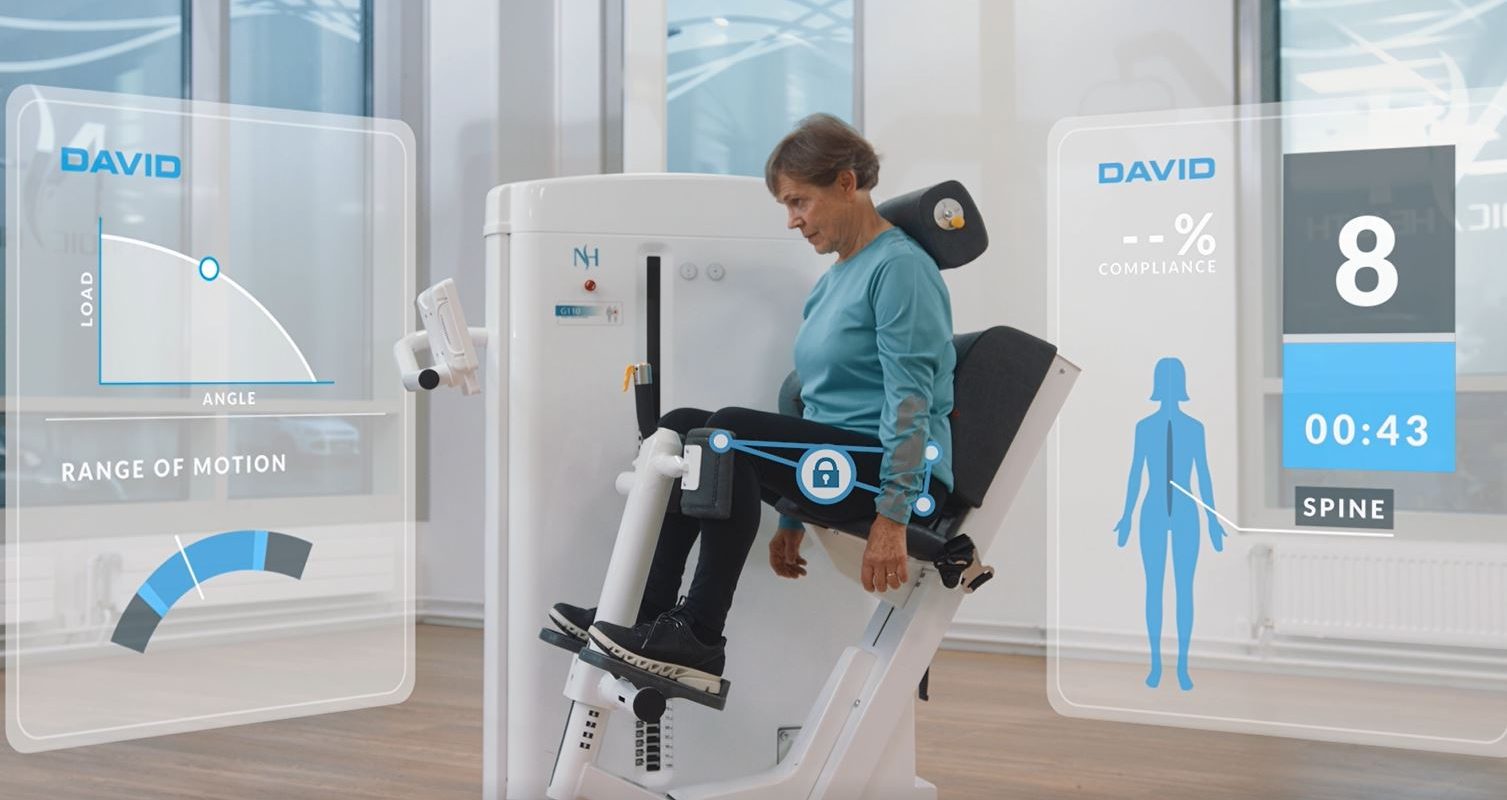Study: Comparison of 2 Treatment Protocols
This study was published by: IRCCS Istituto Ortopedico Galeazzi, Milan, Italy (Drs Langella, Vanni, Damilano, and Berjano); OrthoSpine, Monza, Italy (Messrs Boido and Basso and Ms Bassi); and Casa di Cura “Sileno e Anna Rizzola,” San Donà di Piave, Venezia, Italy (Dr Biber).
Background:
The David Spine Concept (DSC) device–based physical therapy for low back pain involves the quantitative assessment of lumbar muscle strength and range of motion. The study aims to determine the effectiveness of the DSC device-based therapy for low back pain.
Methods:
In this retrospective observational study, clinical data of 103 patients who underwent DSC device–based physiotherapy were reviewed. Pre- and posttreatment outcome measures for pain and disability were assessed.
Results:
Our results showed statistically significant improvement in terms of disability, pain, and functional status after physiotherapy.
Conclusion:
The result of our study revealed that DSC device–based physical exercise is effective in relieving pain, improving function, and reducing disability in patients with LBP. In both programs, 16 SP sessions and 22 EP sessions, the patients achieved a clinically relevant improvement from their baseline conditions in terms of disability (ODI) and pain (VAS Back). The comparative analysis between the short and extended protocols and different diagnoses was limited by the small sample size and the lack of randomization.
Although the patients enrolled in the EP group and those affected by degenerative spondylolisthesis collected the best results, further high-quality studies are mandatory to consolidate the actual data. Based on the results achieved, we believe that a device-based approach, clinical staging or therapy, will improve muscle function assessment and help health professionals tailor custom-made treatments.
The authors certify that they have no affiliations with or financial involvement in any organization or entity with a direct financial interest in the subject matter or materials discussed in the article.

 English
English 






















